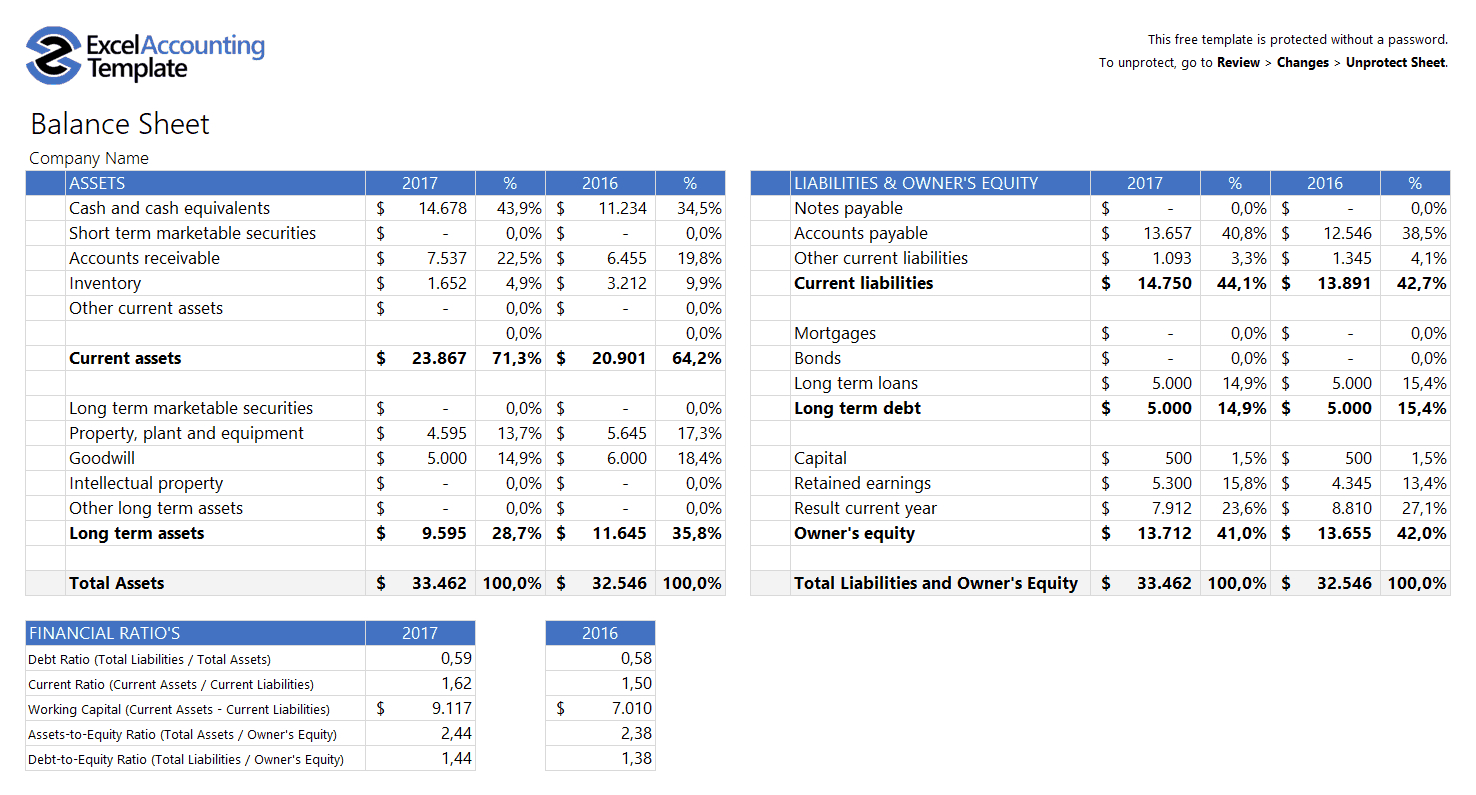
The elements of the accounting equation are A (Assets), L (Liabilities), C (Capital), I (Income), and E (Expenses).įor every transaction, one or more elements of accounting equation are changed i.e., someone increases or someone decreases.Īccording to this change or increase – a decrease of elements debit and credit are determined. Or, Assets = Liabilities + (Capital + Income – Expenses).Or, Assets = Liability + Owner’s Equity.The accounting equation is Assets = Liability + Owner’s Equity. Details of the accounting equation have been discussed in the proceeding chapter. Nominal or income-expenditure account: Accounts relating to expenses and losses are to be debited, and accounts relating to income are to be credited.Expenses and losses – DebitĪccording to the opinion of the modem accountant based on the accounting equation, debit and credit for each transaction are determined.īased on an increase or decrease of the elements of the accounting equation, debit and credit accounts are determined.Asset account: The asset that comes to the organization through a transaction is to be debited, and the asset that goes out of business through a transaction is to be credited.Asset incomes in – Debit.Personal account: The person or institution that receives a benefit is to be debited, and the person or institution that gives advantage is to be credited.The receiver of the benefit – Debit.

After that debit and credit of each account are to be determined according to the following rules

Another concept that is crucial in accounting is the separate entity concept. Here is now the debit and and credit of this transaction look like, Debit (Dr) Expenses Account 500. To identify two accounts of a transaction, one must know which classification they fall. The expense is recorded in the related expense account while cash is recorded in the business’ cash account. Methods of Determining Debit and Credit in Accounting are For determining debit and credit of transactions, two methods are in practice.


 0 kommentar(er)
0 kommentar(er)
